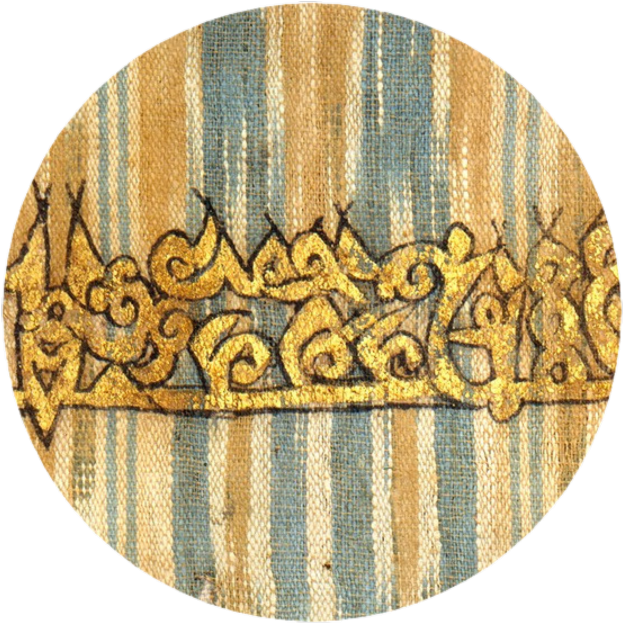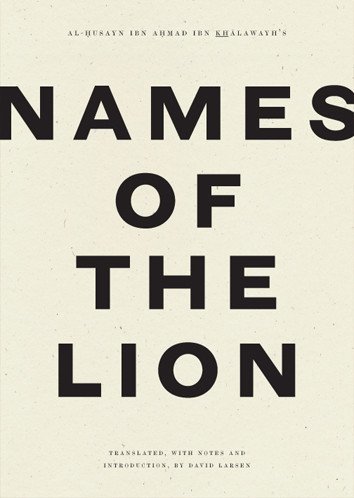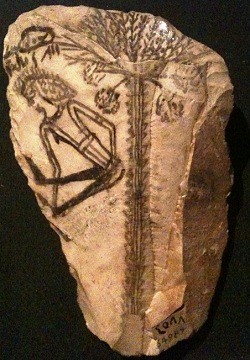The first three nights [of the lunar month] are called al-Ghurar or al-Ghurr "The Blazes." The moon rises in the forepart (ghurra) of the night, and is likened to the blaze (ghurra) on a horse's forehead because it is brighter in one area than the rest. By some these nights are called al-‘Urj "The Limpers." The first of them is called al-Naḥīra "The Affrontant" [because it "faces" the last night of the month before it]. The last night of the month, when the crescent moon disappears from view, is another Naḥīra.
The next three nights are called al-Nufal "The Superogatory," because they give more light than the first three. A gift that is not incumbent on the giver is an act of tanfīl, and superogatory prayer is called nāfila, because it is not obligatory. By some, these nights are called al-Shuhb "The Greys," because the whiteness of the moon mixes with the black of night. Horses with grey coats are called the same.
[Three nights omitted here are called by some al-Zuhar "The Brights," or defensibly "The Cythereans" after the planet Venus which is al-Zuhara.] There follow three Buhar "The Outshiners," so called because their moon outshines the darkness of the night.
Night thirteen is the night of al-Siwā’ "The [Full Moon's] Equivalent," also called al-‘Afrā’ "The Dusty." Night fourteen is the night of al-Badr "The Full Moon," so called for its uncanny resemblance (mubādara) to the sun. These are al-Bīḍ "The White Nights."
Then come three Dura‘ [an epithet of sheep that are] "Black with a White Head" or "White With a Black Head," because the last of them gets dark. Then there are three Bīḍ. There follow three Ẓulam "The Darks," then three Ḥanādis "The Pitch Blacks," and then the three Da’ādi’ "Hasteners [of the Occultation of the Moon]," singular Daydā’a or Da’dā’a. On al-Muḥāq "The Total Wipeout," the moon's occultation is total, and that is the last night of the month.
From The Book of Day and Night in [the Arabic] Language
by Ghulām Tha‘lab (Ibid.) (cf.)





